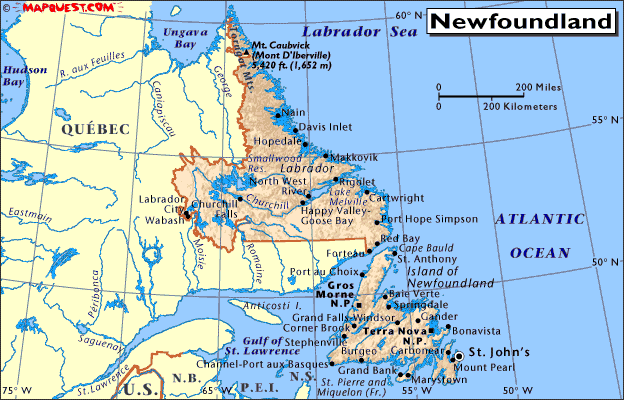My slogan click to edit me

Boreal Pre-Glaciation.
Taken from Natural Resources Canada ©
THE Boreal Forest of today
EFFECTS OF DEGLACIATION ON CURRENT BOREAL BIOTA
Making up approximately 35% of Canada’s landmass and 77% of its total forested area, the Boreal biome affects the economic, cultural, and environmental aspects of Canadian lives. Its diverse ecosystem consists of a variety of deciduous and coniferous trees such as birch (Betula papyrifera), mountain ash (Sorbus aucuparia), and aspens (Populus tremuloides) to black spruce (Picea mariana), balsam fir (Abies balsamea) and red pine (Pinus resinosa), just to name a few. While constituting a significant size of Canada’s landscape, the Boreal forest extends its reach to sub-arctic regions of Scandinavia and Russia. Thus, the Boreal forest manages to achieve a circumpolar range comprising 25% of the world’s closed canopy forests!
Deglaciation is the uncovering of landmass which was previously covered by glacial ice sheets. Glaciation is a period of time within in an ice age, which is marked by the advance of glaciers and colder temperatures. The most recent period of glaciation occurred during the Pleistocene epoch and was known as the Wisconsin glaciation. The Pleistocene began about 110,000 years ago and ended about 12,500 years ago. Named for its furthest Southern point, the Wisconsin glaciation reached its boundary peak approximately 18,000 years ago.


What is the Boreal Forest?
What is Deglaciation?
Northern Hemisphere Glacial and Post-Glacial.
Taken from NASA Earth Observatory ©




Retrieved from http://www.mymanatee.org
Primary Succession.
Retrieved from http://www.sciencescene.com/Environmental%20Science/02TheEnvironment&Ecosystems/SUPPORT/Successtion/Primary%20Succession.jpg
Post-Glacial Vegetation.
Retrieved from http://www.geography.hunter.cuny.edu/~tbw/wc.notes/15.climates.veg/veg.images/tundra/tundra.colorado.rockies.jpg
Closed canopy forest:
Retrieved from http://cdn.c.photoshelter.com/img-get/I0000Vuyx1B.lEcc/s/900/720/conifer-forest-tamarack-EdBook2510.jpg
Newfoundland.
Retrieved from http://homer.ca/maps/newfoundland.htm

BOREAL @ MEMORIAL